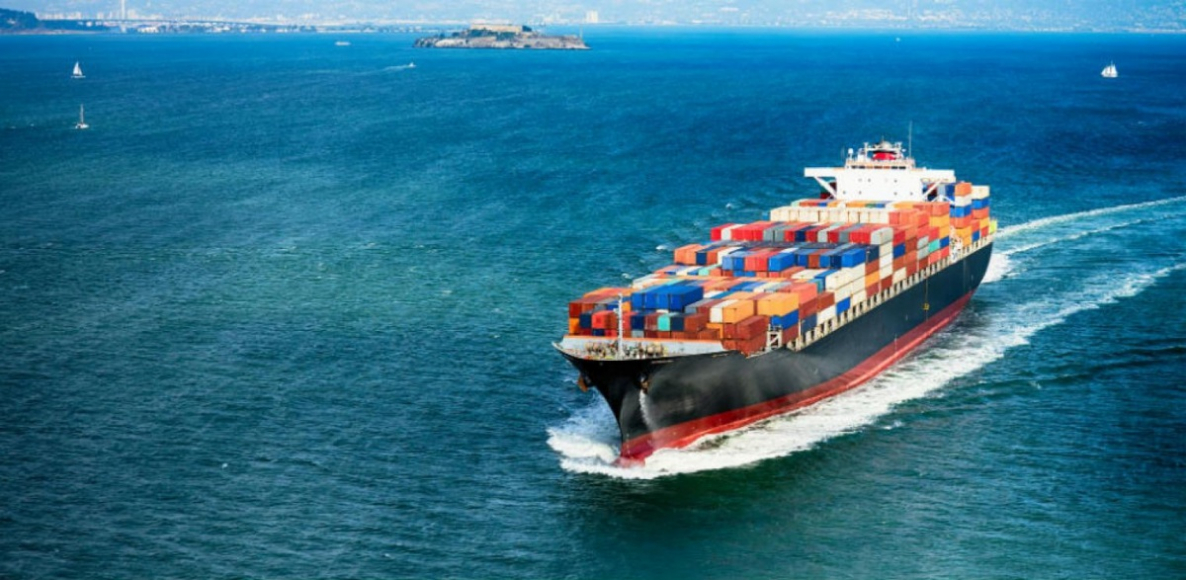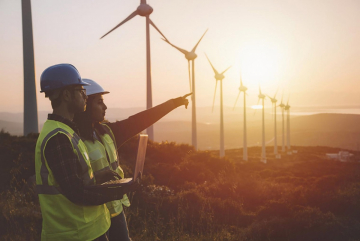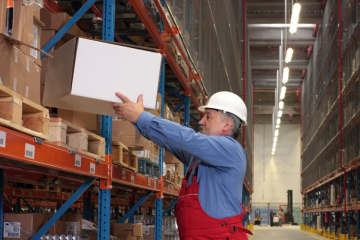Regardless of your industry or company size, you know the pressure is on—pressure to unlock opportunities that allow you to strategically bolster sustainability, maximize business value and growth, and tackle challenges like:
- Evolving consumer expectations for better, faster, greener products and services, as well as reliable, on-demand access to those products and services.
- Rising investor and stakeholder demands for more transparency and traceability.
- Increasing pressure to stay competitive with technology and innovation.
- Growing uncertainty and intensifying supply chain risk in the age of climate change.
- Thinking globally, but operating and remaining agile locally.
But the greatest opportunities aren’t likely to be found within the four walls of your organization; instead, they lie in your supply chain.
“Your supply chain makes up the majority of your company’s footprint—and it also carries the most risk,” Nick Martin, Antea Group’s Sustainability Practice Leader, says. “Investing in supply chain sustainability and optimization makes all the sense in the world. It’s a long-term business strategy.”
The real beauty? It’s a strategy that creates value at multiple levels as your efforts mature.
After more than three decades of sustainability consulting work and our experience in supply chain optimization, we see three stages of maturity and value creation, each setting the stage for the next level in the journey.
The 3 Stages of Progressively Creating Value in the Supply Chain
Stage 1: Guarding against risk
Risk management is a foundational business principle, but its importance in supply chain operations is more critical than ever. If you don’t focus on risk at the beginning, there’s a high probability that disruptions will impact your efforts at every subsequent stage.
From sourcing raw materials to distributing final products, the increasing frequency and intensity of events such as droughts, floods, and landslides put supply chain continuity in jeopardy—and disruption can lead to costly downtime and unplanned expenditures. Couple this with the fact that consumers expect fast and reliable access to their favorite products, disruptions become a major competitive disadvantage. Simply put, if your customers can’t get what they want, when they want it, they’ll look elsewhere.
Tackling supply chain risk points is just good business—and should be your starting point. Of course, you can’t eliminate all risk at once nor do you have crystal ball for predicting disruptions. The key steps are:
- Identify reasonable scenarios or threats to the supply chain (e.g. What can occur that could disrupt sourcing or significantly increase costs?);
- Prioritize which scenarios to focus upon (e.g. Likelihood and severity);
- Consider your company’s ability to recover from the scenario or threat (e.g. Alternative suppliers, shifting production, etc.); and
- Design and implement fit-for-purpose business continuity plans.
At this level, identifying and prioritizing those risks to proactively mitigate costly disruptions is where the value lies. This will not only help you identify internal next steps, but also more efficiently and effectively begin to engage supply chain partners to drive positive change and sustained value for all.
Stage 2: Strengthening efficiency and saving cash
If your organization is at this stage in your sustainability journey, you’ve done the work to optimize your own facilities and operations. And you likely have a wealth of experience and technical expertise that can support your suppliers as you work together to embark on or expand your sustainable supply chain efforts.
Your work to identify, prioritize, and take action to mitigate risk serves as the bedrock for the next level of supply chain sustainability maturity. Simply put, driving out inefficiency in how and when you bring your products to market helps you streamline operations, save cash, and stay competitive—all while reducing environmental impact.
For example, through ongoing collaboration with your suppliers, this could mean finding opportunities for improving and optimizing distribution routes to reduce gas spend and emissions, as well as ensure consistent transport of materials or products.
Stage 3: Enabling growth and enhancing value for the long-term
Until now, each level of value creation is rooted in gaining a deep understanding of your supply chain and using that knowledge to make savvy business decisions and create better supply chain partnerships. But at this level, driving continued business growth and value with sustainability requires outside-the-box thinking.
For example, one of the world’s leading beverage companies, Coca-Cola, is investing in emerging markets through a variety of initiatives such as women’s empowerment and education programs and improving infrastructure and water access to communities. These initiatives not only raise the standard of living, but also provide income and unleash an unavailable workforce—all of which can strengthen their value chains and ultimately spur future business growth.
Bolster Supply Chain Sustainability. Create Business Value.
Calls for transparency will only get louder. Demand for quick, easy, and reliable access to products will continue to intensify. Innovation will breed more competition. And the sustainability challenges we face in light of climate change will continue to disrupt business operations.
But your supply chain is ripe with the opportunity to tackle these challenges and create more value.
Of course, no company can do everything at once. By starting with a focus on risk management, you can grow sustainability in your supply chain to drive efficiency and capture more cost savings. From there, you can unearth opportunities for long-term investments in the communities your supply chains run through.
Ready to tackle sustainability opportunities in your supply chain and spur business value creation? Antea Group can help. Learn more about our supply chain optimization services.
Want more news and insights like this?
Sign up for our monthly e-newsletter, The New Leaf. Our goal is to keep you updated, educated and even a bit entertained as it relates to all things EHS and sustainability.
Get e-NewsletterHave any questions?
Contact us to discuss your environment, health, safety and sustainability needs today.





